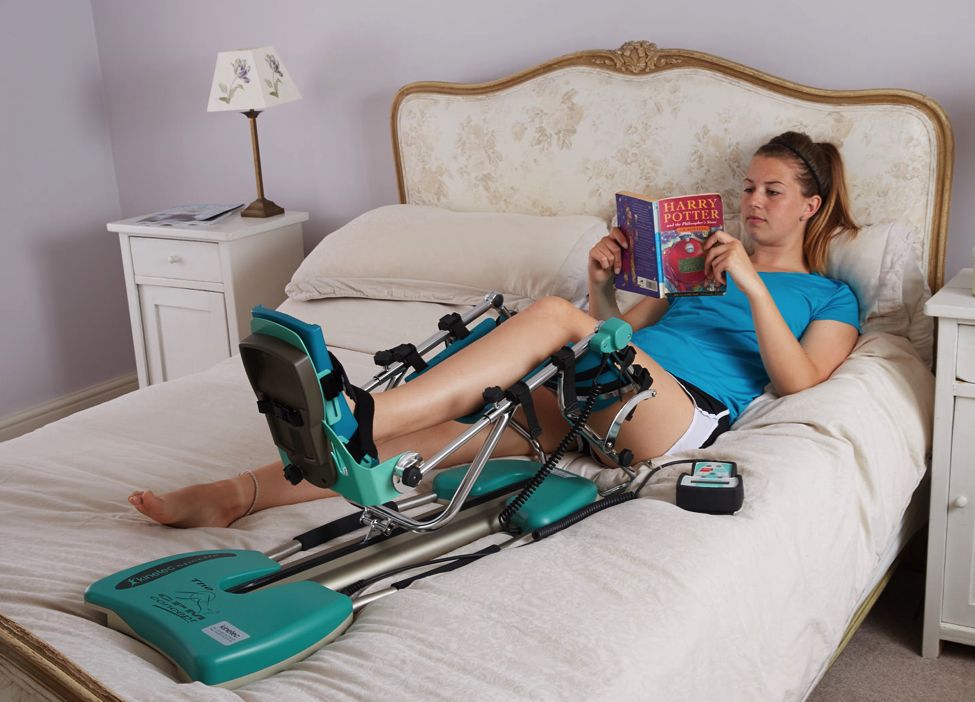Patients’ Experience of therapeutic footwear whilst living at risk of neuropathic diabetic foot ulceration: an interpretative phenomenological analysis (IPA)
Research is ongoing in the area of care of patients with diabetic neuropathy and hence at risk fo developing foot ulcers (which can lead to amputations if not treated correctly). Research carried out by Paton et al (published 2014 – see https://www.jfootankleres.com/content/7/1/16), shows that a major issue is the compliance of patients with prescribed, bespoke outdoor footwear. Unfortunately, many patients won’t wear their outdoor shoes around the house despite the clinical evidence and subsequent advice to do so. Therefore, they recommend the use of good quality house shoes slippers that are “lightweight, made of comforting materials, quick and easy to put on, suitable for use after bathing, relatively disposable and readily available.”




